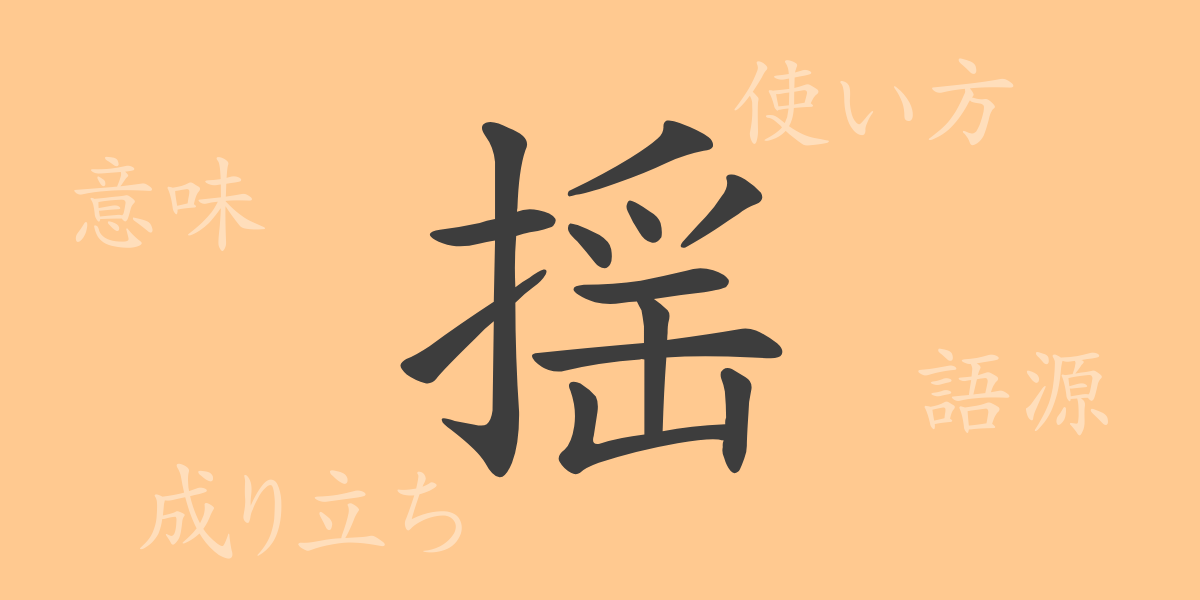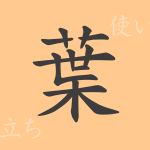“`html
Japan’s written culture is profound, with 常用漢字(jouyou kanji) that can express a wide range of emotions and scenes. Among them, the kanji “揺(yoo)” symbolizes movements and changes rooted in our daily lives. In this article, we will unravel the historical background, meaning, usage, and rich expressions of the kanji “揺(yoo)”.
The Origin of 揺(yoo)
The kanji “揺(yoo)” is a character passed down from ancient China, depicting the action of a hand “shaking” something. Originally, it was a pictograph showing the motion of shaking something with an upward-facing palm, which evolved into its current form over time. Understanding the etymology of this kanji allows for a deeper appreciation of its strength and subtlety.
Meaning and Usage of 揺(yoo)
The kanji “揺(yoo)” encompasses meanings such as “to shake,” “to sway,” and “to tremble,” indicating movement or fluctuation. Additionally, it can be used metaphorically to describe unstable emotions or situations. In Japanese, this kanji can express various contexts, with its nuances subtly changing depending on the context.
Readings, Stroke Count, and Radical of 揺(yoo)
The kanji “揺(yoo)” is frequently used in many contexts as a 常用漢字(jouyou kanji) in Japan.
- Readings: On’yomi (音読み) is “ヨウ(yoo),” Kun’yomi (訓読み) includes “ゆれる(yureru),” “ゆる(yuru),” and “ゆすぶる(yusuburu)”
- Stroke count: 12 strokes
- Radical: 手(てへん)(tehen)
Idioms, Proverbs, and Phrases Using 揺(yoo)
Idioms, proverbs, and phrases that include “揺(yoo)” enrich the Japanese language. For instance, “揺るぎない(yuruginai)” describes something very certain and unshakable, while “心揺さぶる(kokoro yusaburu)” means to be emotionally moved. These expressions are deeply rooted in Japanese emotions and values, reflecting the rich culture of Japan.
Conclusion on 揺(yoo)
Understanding the meanings and histories embedded in each kanji leads to a deeper comprehension of the Japanese language. Through the kanji “揺(yoo),” we can express various movements and changes in daily life, as well as inner emotions. Possessing knowledge of this ancient kanji allows one to experience how the choice of words can significantly alter the conveyed emotions.
“`

























